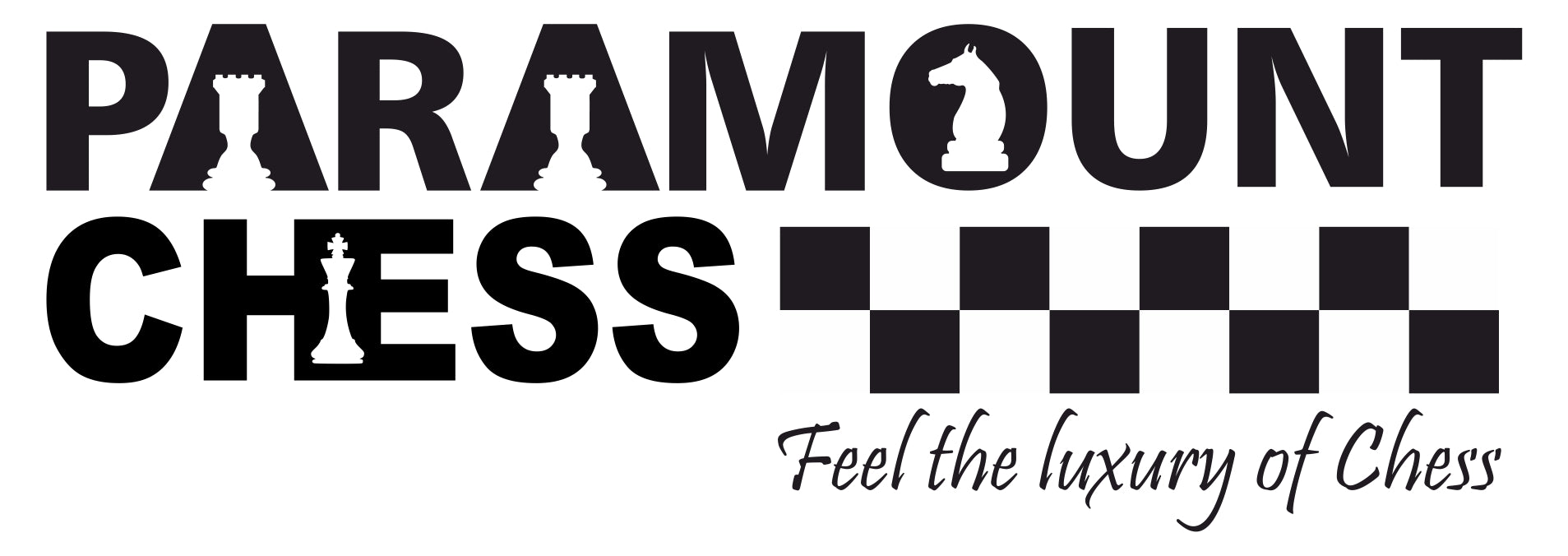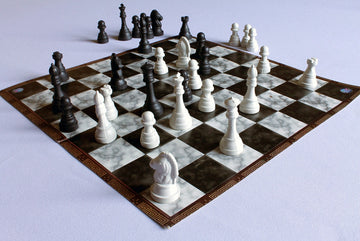
The Scotch Game is one opening that is now gaining a lot of popularity among players from all over the spectrum. It is one of the best alternatives to the Ruy-Lopez opening. The Scotch Game attempts to control the center as opposed to piece development. It had lost its popularity in the mid-twentieth century but lately has been used frequently. This was primarily done to avoid the over-analyzed Ruy-Lopez opening. It is popular among legends such as Garry Kasparov and Jan Timman. The Encyclopedia of Chess Openings (ECO) reserves two codes for the Scotch Game. They are C44 and C45.

Pros and Cons
Some of the advantages of this opening are:
- There is a tremendous space advantage that is available to white. It is almost too easy for white to capitalize on this opportunity.
- Black is not able to defend the e5 square as planned before. This forces black to reconsider its strategy.
- The biggest point in favour of this opening is that it is a great way to avoid the most common opening in the game; the Ruy Lopez.
Some of the disadvantages of this opening are:
- This opening is not able to maintain the pressure and intensity that may be required by certain players. As a result, there is no shift in momentum and the game continues as a back and forth attempt to control the center of the board.
- The e4 pawn is not backed up by anything substantial and may easily come under attack. If this happens, it will lead to a loss of control of the center of the board.
- The White Knight will have to have a second move in order to re-capture the d4 knight.

The moves involved in the Scotch Game are:
- e4 e5
- Nf3 Nc6
- d4
The Ruy-Lopez opening is the most common chess opening. It is one of the most theorized and well-studied openings of the game. There is an abundance of theory available and it can get quite tricky for inexperienced players sometimes. To learn more about the Ruy-Lopez opening check out our article below:
Let us look at some of the variations that came about as a result of the Scotch Game.
Classical Variation
The classical variation of the scotch game is ironically very similar to the Ruy-Lopez in one sense. This variation also involves the relative pinning of the knight by the bishop. The only difference is that when black does this, it is also attacking the weakest white square that is f2. This makes for rapid development and highly directional play.

The moves involved in this variation are:
- e4 e5
- Nf3 Nc6
- d4 exd4
- Nxd4 Bc5
The Queen is allowed to move about and join in on the attack. Moving the Black Queen to h4 is seen as a very aggressive yet effective move for black. Unfortunately, it does come with some downsides. The White Knight will most likely end up capturing on c6 thus resulting in the formation of doubled pawns. Doubled pawns so close to the center of the board are a nuisance.
Schmidt Variation
A lot of players prefer playing with their knights together. Openings such as the Two Knights Defence are very popular among such players. The Schmidt Variation is a step in the same direction. It involves Black bringing out both its knights.

The moves involved in this variation are:
- e4 e5
- Nf3 Nc6
- d4 exd4
- Nxd4 Nf6
The next move for black is almost always to develop its bishop. This allows Black to castle quicker and at the same time develop its pieces effectively.
Goring Gambit
The Goring Gambit puts an interesting spin on the traditional scotch game. It offers black a chance to capture the pawn on c3 as gambit for better positional play. If black chooses to accept the gambit, the white knight will move in and capture the pawn. This will eventually transpose into the three knights game.

The moves involved in this variation are:
- e4 e5
- Nf3 Nc6
- d4 exd4
- c3 dxc3
- Nxc3
To follow this up, black would most likely play Nf6 leading up to the classic four knights game. Of course, white would have all the advantages due to its open structure and free movement of both light-squared and dark-squared bishops.
Steinitz Variation
This is one of the most surprising variations to exist in the scotch game opening. Chess engines classify this move as a blunder! Yet, some players choose to adopt this variation. It involves bringing out the Queen without any supporting pieces into enemy territory. The only advantage at first is that a pawn may be gained.

The moves involved in this variation are:
- e4 e5
- Nf3 Nc6
- d4 exd4
- Nxd4 Qh4
This move is classified as a blunder by chess engines because it is risking too much too early for very little to no reward. Players use it to surprise their opponents and stop them in their tracks.
Further reading 1: https://www.thechesswebsite.com/scotch-game/
Further reading 2: https://simplifychess.com/openings/the-scotch-game/index.html




